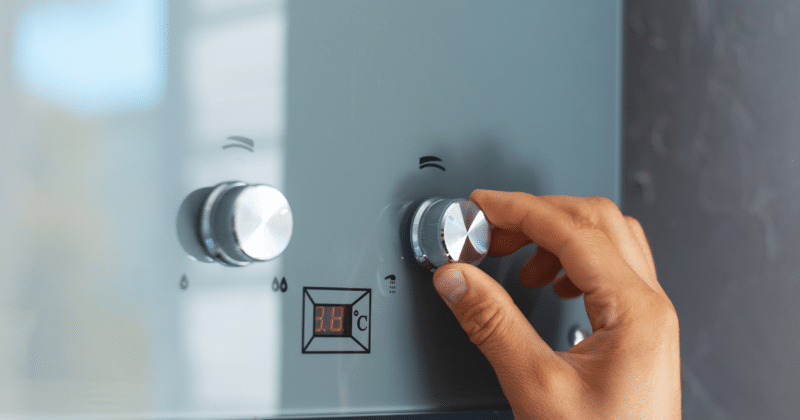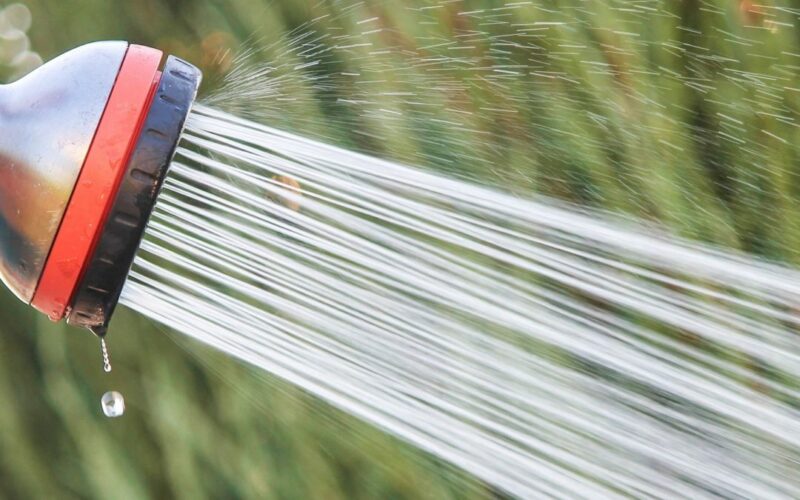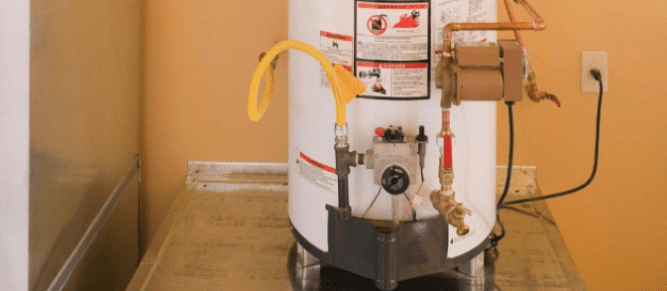A water heater expansion tank solves the problem of thermal expansion affecting pipes and fixtures. Heated water increases in volume, stressing pipes and the water heater itself.
Homes often have a closed water supply system with valves to prevent backflow. Thermal expansion raises water pressure as temperature increases.
How it Works:
The expansion tank, connected to the cold-water line before the water heater, handles excess water volume. As water heats up, exceeding plumbing capacity, the tank accommodates the extra volume, maintaining safe water pressure. It’s also useful for fluctuating water supply pressure.
Tank Appearance:
Usually resembling a small off-white or blue propane tank, its size varies based on the water heater’s size. It features an air valve on top and a threaded pipe connection at the bottom.
Requirements:
Many cities mandate thermal expansion tanks for closed plumbing systems. Even without a requirement, installing one is beneficial, preventing potential issues and expenses.
Handling Multiple Heaters:
A 2-gallon tank typically suffices for a 50-gallon water heater. You can install one tank per water heater or a larger tank for multiple units. Ensure compliance with manufacturer specifications and local codes.
Lifespan:
While it can last several years, factors like tank quality and water quality impact its longevity. Leaks, condensation, air blockages, rust, or visible damage indicate replacement is necessary.
How Do I Test The Expansion Tank?
These tanks typically fail either because the internal rubber bladder wears out or the connection between the tank and water pipe corrodes and leaks. Proper installation is the best way to ensure the system continues to work, but you can test the thermal expansion tank. First, shut off the valve, so you can safely monitor water pressure visually, tap it with a metallic object to hear the difference in water and air, or bleed air out of the top valve (if air escapes, then the bladder is intact).
Contact Our Anaheim Plumber
For water heater expansion tank installation or repair, HomeX provides expert service. Our technicians are trained in cutting-edge plumbing technology, ensuring exceptional customer service. Get online service now!





